
Due to its complexity, much of the subject matter concerning the economy requires detailed editorial commentary, often supported by relevant tables and graphs.
![]()
Did you miss our previous article…
https://www.cmcconstruction.net/?p=1866


Due to its complexity, much of the subject matter concerning the economy requires detailed editorial commentary, often supported by relevant tables and graphs.
![]()
Did you miss our previous article…
https://www.cmcconstruction.net/?p=1866


ConstructConnect announced today that July 2021’s volume of construction starts, excluding residential work, was $37.6 billion (green shaded box, Table 8 below), a decrease of -3.1% vs June 2021’s $38.8 billion (originally reported as $38.4 billion).
![]()
Did you miss our previous article…
https://www.cmcconstruction.net/?p=1850


Top of mind for economic analysts these days is the question of how rapidly prices (or costs, from a different perspective) are moving, and in what direction. The construction sector, mainly on the residential side, has been plagued much of this year by extraordinarily large climbs in prices for forestry products. July’s Producer Price Index (PPI) results from the Bureau of Labor Statistics (BLS) show an abatement in this problem. Softwood lumber’s July PPI was -29.0% month to month and -16.3% over the latest three months. Nevertheless, it was ahead by a mighty +45.0% year over year; but in May, it had been +154% y/y.
![]()
Did you miss our previous article…
https://www.cmcconstruction.net/?p=1846


In an era of rising costs and new technology, here’s how to bring more accuracy to construction estimating.
When it comes time to kick off a new construction job, an accurate estimate is the first step toward project success. The best approach to the construction estimating process begins with a thorough understanding of the project, along with a team of estimators who are deeply familiar with the nuances of quality construction estimating. For contractors and business owners, this stage of the project can have a pronounced impact on your bottom line. According to a survey conducted by QuickBooks and TSheets, one in four construction companies would go out of business if they made just two or three inaccurate estimates.
As a resource, here are a few tools that will guide your team toward a successful construction estimating process, creating opportunities for new business and exceptional client relationships.
While construction estimates are hardly always accurate to the cent, successful projects start with accurate and detailed estimation efforts. If not, there can be ethical and even legal risks. For instance, in March, the SEC launched a federal probe into two leading construction contractors to uncover why their estimates were inaccurate.
The initial construction estimating process for large-scale projects usually begins with a specific team, known as estimators. They estimate the project by gathering proposals, plans, specifications, and related documents.
Overall, an estimate is the total price of the project, which includes all expenses, like materials and labor. It’s also important to note that there’s a common misconception around the definition of a bid vs. an estimate. A bid is a finalized offer in order for the construction project to proceed. In a bid, a contractor often specifies a construction price and project timeline. Usually, an accurate estimate is set before you place a bid.
Similar to the estimate vs. bid distinction, there are several terms to understand and keep in mind throughout the estimation process. In construction, these nuances are important to not only explain your approach to the client, but to speak internally with vendors, partners, and others in the industry. Simply put, speaking the “same language” can help minimize confusion and mistakes.
First, there’s a quantity takeoff. This is when the cost estimator accurately identifies and develops the required materials for the project. This step is crucial, as without an accurate takeoff, there will be inaccuracies in the project. Next, the estimator will use their experience to estimate the labor hours required to complete the project. A key factor in determining the labor hours is correctly identifying the relevant labor rates, which are the basic wages for all team members. The cost estimator will also consider overtime work and extra hours.
As the estimation process progresses, the team will begin to collect material prices and equipment costs. Both of these vary significantly, as the cost of a given material fluctuates greatly depending on market demand and supply, the quantity needed, the cost of transportation to the building site, and exchange rates. More importantly, the cost of equipment will include the capacity of the equipment and the cost differential if the equipment needs to be rented. In the unprecedented time of COVID-19, as shipping and logistical operations are delayed, this has become imperative to uncover and represent factually.
The estimator will also gather all subcontractor costs, including the price of the labor, materials, and equipment required by additional specialty contractors on the project. Lastly, to ensure all costs are covered in an accurate estimate, indirect costs need to be considered. This can include temporary on-site utilities, land acquisition, design fees, and office support.
As technology continues to guide the latest and greatest in construction, the process of construction estimating has drastically improved due to more innovative tech platforms.
One key industry innovation is the cloud-based estimation tool. This allows an estimator to utilize a 2D or even 3D model to predict the needs of a construction project. The cloud-based approach provides more accuracy by uncovering the true engineering needs of a project. This accuracy, in turn, offers the client a fuller picture of the estimation, and gives the estimation team a helpful tool to better present the construction job.
Another cloud-based approach involves executing a takeoff within the cloud for an estimation. Integrating the takeoff into the cloud allows for more security and collaboration among team members. It also eliminates the headaches of using license-based tools.
In addition, you can implement company-wide data standards by setting up project templates in the cloud that include takeoff types and classification systems. All of which enables consistency across your teams and project data.
And lastly, when estimators have access to the right information at the right time—i.e. centralized in the cloud—they’re capable of generating a competitive bid. Leveraging a cloud-based document management system for your quantification workflows helps ensure that all your estimators are working from the latest issued drawings and models. A major benefit there is that they are not missing critical information to create a competitive estimate.
A truly innovative approach to estimation is known as the automated approach to a takeoff. When takeoffs are automated, estimators are freed up from the tedious task of manually counting supplies. They can easily visualize quantities in 3D to understand scope, complexity, and design intent. For example, one company was able to leverage a 3D model to get the correct number of doors needed for a project in a matter of minutes—a process that would have taken them over a day using a 2D drawing.
Automation as a tool is key in the preconstruction phase, as it allows a contractor to jumpstart the launch of a new job seamlessly, without getting bogged down by the nuances of an ordinary takeoff.
More and more, automation is offering firms a competitive advantage. They’re able to work faster and take on jobs that may have BIM requirements they weren’t able to meet in the past. In other words, automation allows contractors to access a whole new set of customers. And with the time-savings you get from automation, you can bid on more jobs and win more work.
Teamwork is an essential first step in construction estimating, and this process fails if there’s not a culture of transparency and collaboration between the contractor, client, and estimator. Justin Davis, Executive Vice President of Preconstruction, Estimating, and Business Development at Walker Engineering explains the importance of collaboration during the estimation process this way: “Customers expect and trust [contractors] to fill in all the gaps, make sure that they’ve got their costs covered, and make sure that when we sit in a room, there’s transparency.”
Allowing teams to manipulate data and have visibility into scope removes oversight or double-ups on takeoffs. This is best accomplished in cloud-based takeoffs where data is centralized. With streamlined teamwork as a top priority, the goal should be to make estimating a collaborative process.
Lastly, the advent of data connectivity is the cornerstone to improving the accuracy of your construction estimate. When data lives in silos, information can get lost, which increases the likelihood of inaccurate estimating. More importantly, centralized data and information ensures more accuracy and facilitates a seamless transition from one project phase to the next.
It is truly a new era in creating an accurate and reliable construction estimate—contractors and business owners just need to understand the technology and platforms available at their fingertips.
In construction, there’s nothing more important than delivering a quality, outstanding project that exceeds the expectations of your clients. This all begins with the estimate. And to build your estimate, you’ll need to identify the right quantities with an accurate takeoff. Your quantities, of course, will affect both cost and schedule, which will also be reflected in your estimate.
As the industry continues innovating, there are several resources to make your estimation process more accurate and helpful for your clients. Most importantly, an accurate estimate helps maintain your bottom line, as mistakes can be costly and sour reputations for future projects.
Looking to save time during estimating? Bid Board Pro saves the average estimator 8 hours per week by eliminating manual entry and consolidating everything needed to manage bids in one, easy-to-access place. Learn more.
The post Construction Estimating: 4 Winning Tips to Improve appeared first on Digital Builder.
Did you miss our previous article…
https://www.cmcconstruction.net/?p=1781
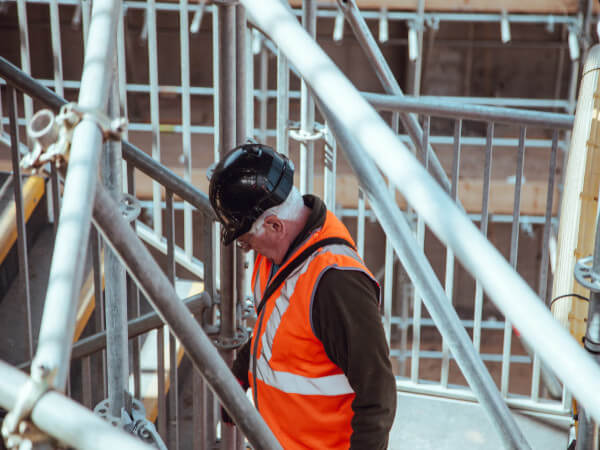
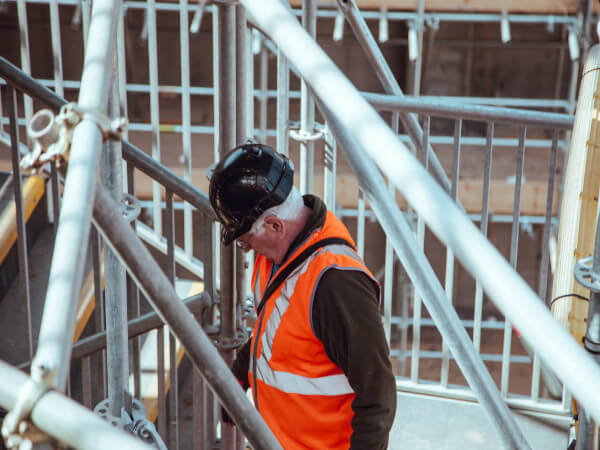
ProEst will join Autodesk to strengthen its preconstruction offering and connect the project cost lifecycle within Autodesk Construction Cloud
SAN FRANCISCO, Calif., Dec. 16, 2021 – Autodesk, Inc. (NASDAQ: ADSK) today announced that it is acquiring ProEst, a cloud-based estimating solution that enables construction teams to create estimates, perform digital takeoffs, generate detailed reports and proposals and manage bid-day processes. Autodesk plans to integrate ProEst with Autodesk Construction Cloud, a comprehensive construction management platform connecting teams, data and workflows across the entire building lifecycle. The acquisition will strengthen Autodesk Construction Cloud’s preconstruction offerings and empower construction teams to manage all their critical preconstruction and construction workflows on one platform.
ProEst, whose customers include Geisinger, O’Brien Construction, Vantis and Oswald, translates project scope quickly and easily, turning drawings, specifications and models into material, labor and equipment costs. As a result, teams are not only able to supercharge the estimation process and build stronger bids, but also minimize project risks and heighten their chances of winning work. With ProEst’s cloud-based solution, customers can also access estimating information from anywhere, at any time, and import third-party cost databases to streamline estimation workflows. The acquisition of ProEst will complement Autodesk Construction Cloud’s best-in-class cost management capabilities and allow teams to track costs against estimates and provide greater visibility to increase the probability of project success.
“We pride ourselves on delivering quality projects safely, within budget and in a timely manner,” said Luis Berumen, vice president of innovation and technology, Bartlett Cocke General Contractors. “Autodesk Construction Cloud helps us manage our projects by enhancing collaboration across various phases and workflows and adding ProEst’s cloud-based estimating capabilities to the mix will further our ability to deliver quality projects efficiently.”
“ProEst enables us to produce estimates faster, consistently and more accurately throughout the design process and in collaboration with our partners, thereby improving overall efficiency” said Manny Innamorato, chief information officer, New York City School Construction Authority. “As a public entity, our mission is to build and modernize New York City’s schools in a responsible, cost-effective manner while still achieving the highest standards of excellence in safety, quality and integrity. With Autodesk Construction Cloud and ProEst now joining forces, we look forward to connecting our estimation data more seamlessly with our downstream construction workflows so we can stay on track and deliver on our mission in a more streamlined manner.”
ProEst will join Autodesk Construction Cloud’s existing portfolio of solutions, further enabling teams to reduce rework, improve productivity, increase automation and accelerate project delivery. Autodesk Construction Cloud solutions include:
“Estimation significantly impacts downstream construction workflows, but is often a disconnected and manual process, which creates room for errors that can lead to cost and schedule issues later in a project lifecycle,” said Jim Lynch, senior vice president and general manager of Autodesk Construction Solutions. “Our acquisition of ProEst will allow construction teams to connect accurate estimates with the rest of their project data to minimize the risk of cost and schedule overruns and drive successful project outcomes. ProEst shares our vision for digital transformation in construction and we look forward to bringing their leading estimating solution to Autodesk Construction Cloud.”
“Our goal has always been to reimagine the construction estimating process and offer the most advanced functionality possible,” said Jeff Gerardi, ProEst founder and CEO. “We have enabled teams to move away from paper documents and spreadsheets and, thanks to our cloud-based platform, break down on-premise software silos with seamless integration. Autodesk’s vision of connecting construction from end to end is one we fully believe in, and we’re excited to join an outstanding preconstruction offering to deliver on that vision.”
In recent years, Autodesk has made significant investments in construction technology innovations, including Aurigo Software’s capital planning tools and Bridgit’s workforce allocation and resource planning solution. Autodesk also acquired Assemble, BuildingConnected, PlanGrid and Pype in acquisitions totaling more than $1.1 billion.
Business Outlook
The transaction is subject to customary closing conditions and is expected to close during Autodesk’s fourth quarter of fiscal 2022, ending January 31, 2022. The acquisition will have no material impact on Autodesk’s fourth quarter and fiscal year 2022 guidance presented on November 23, 2021.
About Autodesk
Autodesk is changing how the world is designed and made. Our technology spans architecture, engineering, construction, product design, manufacturing, media and entertainment, empowering innovators everywhere to solve challenges big and small. From greener buildings to smarter products to more mesmerizing blockbusters, Autodesk software helps our customers to design and make a better world for all. For more information visit autodesk.com or follow @autodesk.
Media Contact
Stacy Doyle
503-330-6115
[email protected]
Investor Relations Contact
Simon Mays-Smith
415-746-0137
[email protected]
Safe Harbor Statement:
We may make statements regarding planned or future development efforts for our existing or new products and services. These statements are not intended to be a promise or guarantee of future delivery of products, services or features but merely reflect our current plans, which may change. Purchasing decisions should not be made based upon reliance on these statements. The Company assumes no obligation to update these forward-looking statements to reflect events that occur or circumstances that exist or change after the date on which they were made.
Autodesk, the Autodesk logo, Autodesk BIM Collaborate, Autodesk Build, Autodesk Construction Cloud and, BuildingConnected are registered trademarks or trademarks of Autodesk, Inc., and/or its subsidiaries and/or affiliates in the USA and/or other countries. All other brand names, product names or trademarks belong to their respective holders. Autodesk reserves the right to alter product and services offerings, and specifications and pricing at any time without notice, and is not responsible for typographical or graphical errors that may appear in this document. © 2021 Autodesk, Inc. All rights reserved.
The post Autodesk to Acquire Cloud Based Estimating Company ProEst appeared first on Digital Builder.


The accompanying table records the 10 largest construction project starts in Canada in August 2021. Also included is the latest trend graph on starts. This looks at 12-month moving totals of the civil and nonresidential building categories in Canada.
![]()
Did you miss our previous article…
https://www.cmcconstruction.net/?p=1722


We’ve compiled the list of Top 10 Most Frequently Cited Standards for Construction for fiscal year 2021 (October 2020 through September 2021).
![]()
Did you miss our previous article…
https://www.cmcconstruction.net/?p=1718
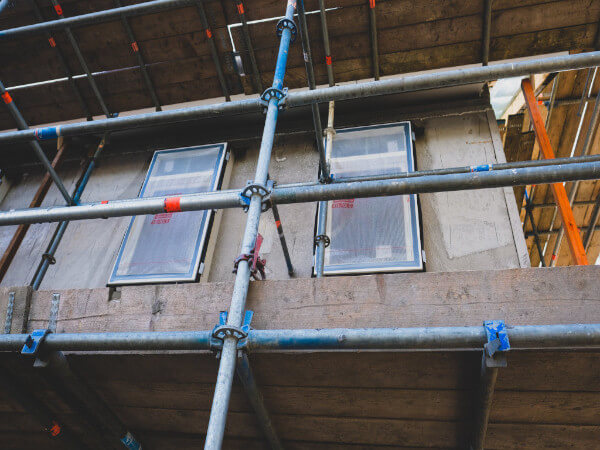
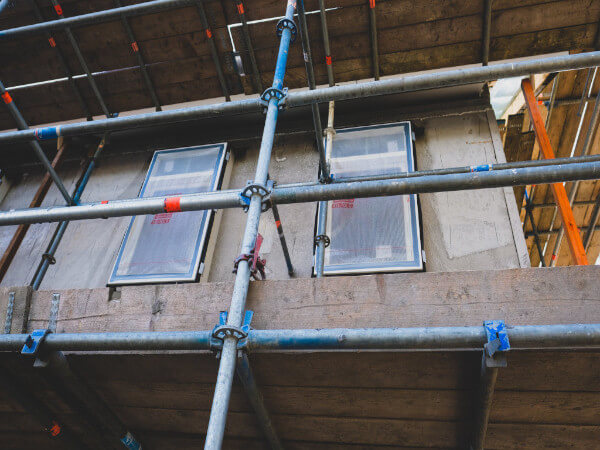
The accompanying table records the top 10 project starts in the U.S. for September 2021.
![]()
Did you miss our previous article…
https://www.cmcconstruction.net/?p=1705
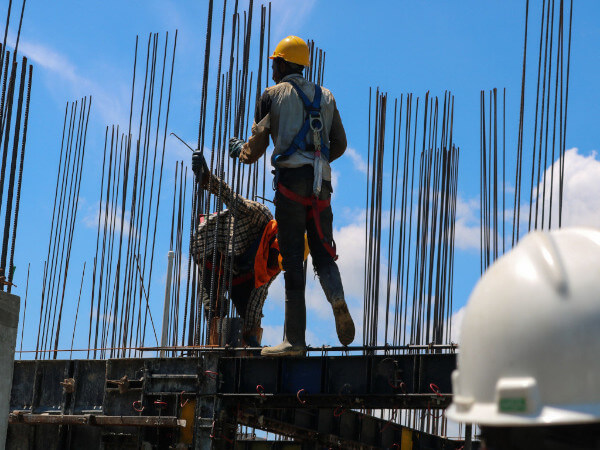
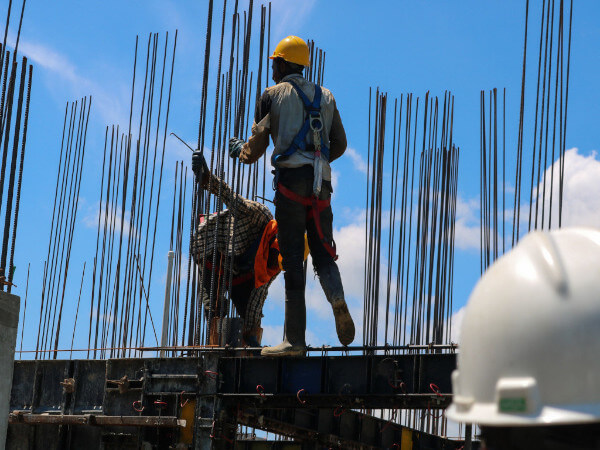
Are you still performing your takeoffs manually? If so, you probably spend more time shuffling through papers and plans than putting together your estimates and bids. Chances are you aren’t alone. While construction takeoff software has been around for decades, there are still many in the industry who perform their material takeoffs and estimates by hand.
![]()
Did you miss our previous article…
https://www.cmcconstruction.net/?p=1697
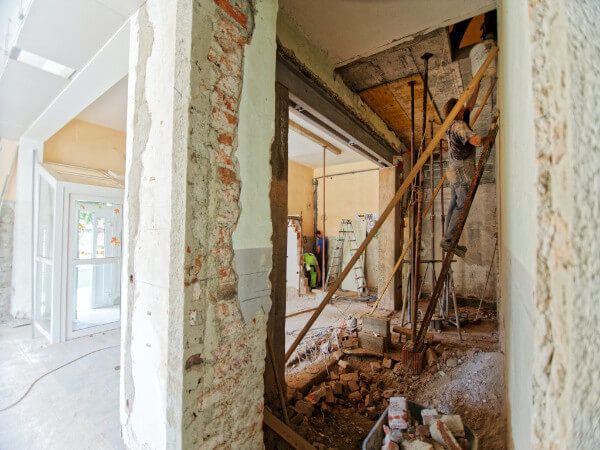
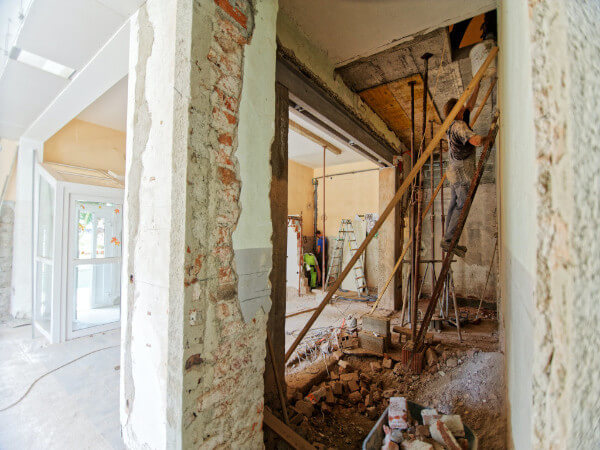
Consumer spending is about 70% of gross domestic product (GDP) in the United States and 55% in Canada. (The lower percentage in Canada is due to foreign trade being relatively more prominent in overall economic activity north of the border.)
![]()
Did you miss our previous article…
https://www.cmcconstruction.net/?p=1693